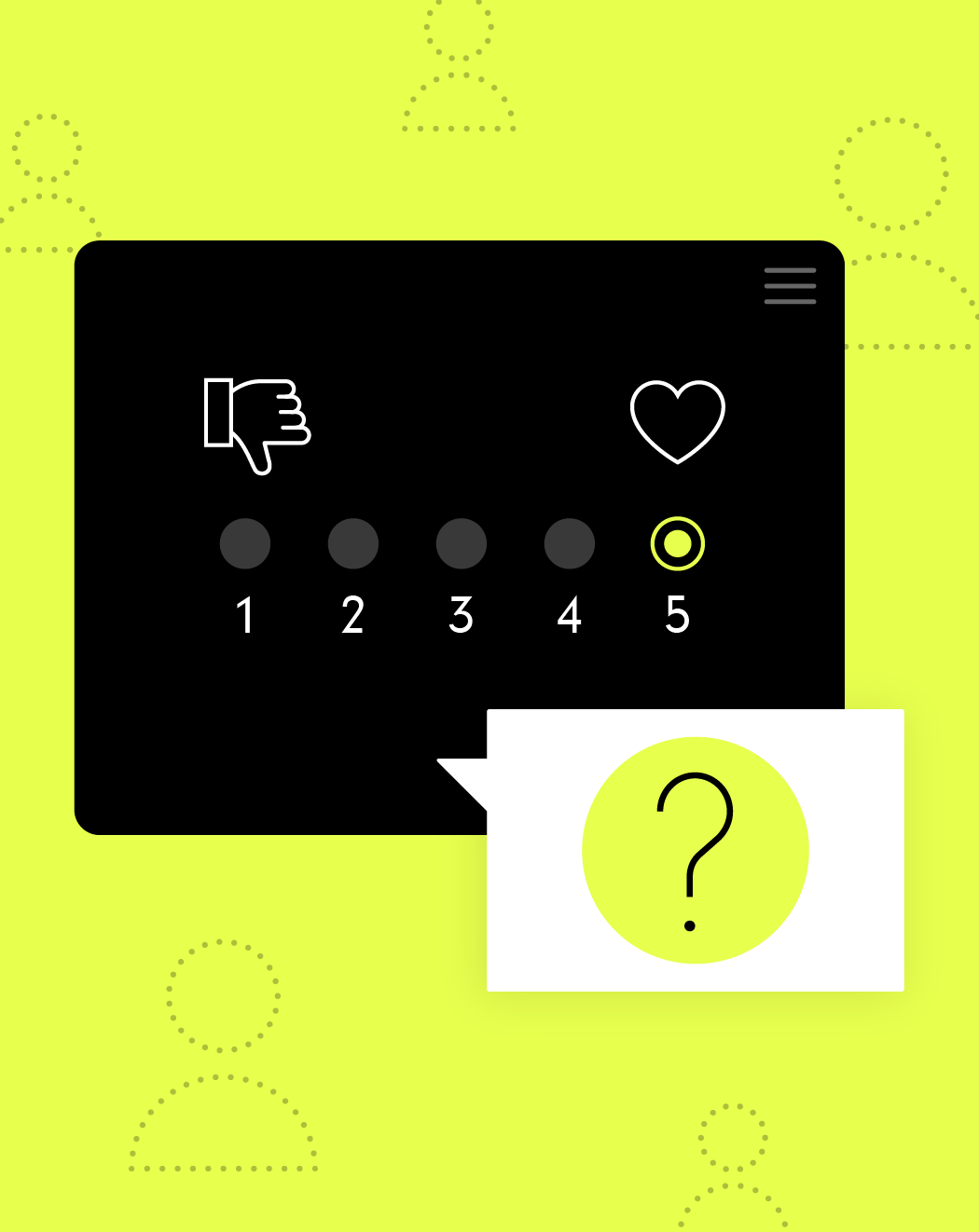In recent months, many of us have spent an even larger portion of our lives online. Management consultancy Accenture even sees us at the beginning of a “decade of home.” The fact is, the way we shop, eat, exercise and entertain ourselves has changed. The success of Zoom and Clubhouse would have been hard to imagine before Corona. Of course, this has an impact on how companies reach people with a smart payment journey.
The stay-at-home economy.
At a recent digital event, I talked about the stay-at-home economy. What is meant by this is consumption delivered to the home. 44 percent of products that were previously only purchased in city centers are now being purchased online for the first time (source: Shape of Retail study). Especially for the baby boomer generation (59 years and older), digital shopping became the norm during the lockdown.
As far as the progress of digitalization is concerned, forecasts made by researchers for the next ten years are already accurate this year. As the CEO of a collection company, why does this interest me? The PAIR Finance concept follows the targeting techniques of the advertising industry: with the help of Big Data and insights from behavioral research, we help consumers to settle outstanding debts quickly with an individually tailored approach.
Current payment behavior.
Meanwhile, the annual Debtor Atlas reports a slight decline in the number of indebted consumers in Germany. In 2020, 6.85 million people were in debt, compared with 6.9 million in 2019. The study suspects: the debt rate could rise in the coming months (source: Creditreform 2020).
The way people pay bills has also changed in the Corona pandemic. More than three quarters (79 percent) of German citizens say they have made at least one contactless payment by card, smartphone or smartwatch in the three months from September to November until the recent lockdown with the closure of most stores (source: Bitkom 2021). iPhone & Co. are therefore gaining in importance for the payment journey.
The DISA approach.
This brings me to the DISA approach, which I use to describe the factors of a successful payment experience. Many companies are used to vying for their customers’ attention along the customer journey. I advocate extending this approach to the payment journey. After all, payment should be a positive experience. At PAIR Finance, we focus on the following steps: Digital-First, Impulse setting, Self-determination and Appreciation.
Digital First. On average, we look at our cell phones 87 times a day. So being closer to the consumer today is only possible by consistently going digital. A perfect payment experience offers convenient options such as mobile payments, one-click payments, automatic subscription renewals, easy installment payments, contactless card payments, digital wallets, and other “invisible” payment methods.
Impulse setting. Setting the right impulse. Artificial intelligence helps with this. Intelligent algorithms track user behavior and determine how best to reach the individual customer or when human interaction is appropriate. Social media and direct messengers are playing an increasingly important role. Here, the medium is the message – and can create the attention that is needed when it comes to the topic of payment.
Self-determination. A wide range of payment methods is the focus when it comes to self-determined payment. Three options have proven to be the optimal choice here. Installment agreements that are easy to make and the freedom to decide when to pay are equally important. For receivables management, the following applies: Communicate transparently, but do not build up unnecessary pressure.
Appreciation (Make a positive difference). An example of brand branding often given by business guru Simon Sinek is: “Inspired companies show what they believe in and why they do what they do”. Motivated by their vision, such companies would appeal to people’s feelings by selling their “why” – a whole attitude towards life. Applied to the payment process: welcome the consumer with a pleasant UX and meet him at eye level during payment, billing and reminders. Offer them quick solutions in a space where they can feel comfortable and secure.
My conclusion.
The payments industry has always been disruptive, long before the term became a buzzword in the fintech era. Even though many of the earlier disruptions turned out to be evolutions rather than revolutions (such as the disappearance of checks or the proliferation of mobile wallets, which was quite tenacious until recently): The changes of the last few months are stronger than ever. Technology and digitization have received a powerful boost in the pandemic. This changes the requirements for the Payment Journey 2021. Insurances, e-commerce, financial services, telcos and mobility companies – they should start now to address the new customer requirements.



